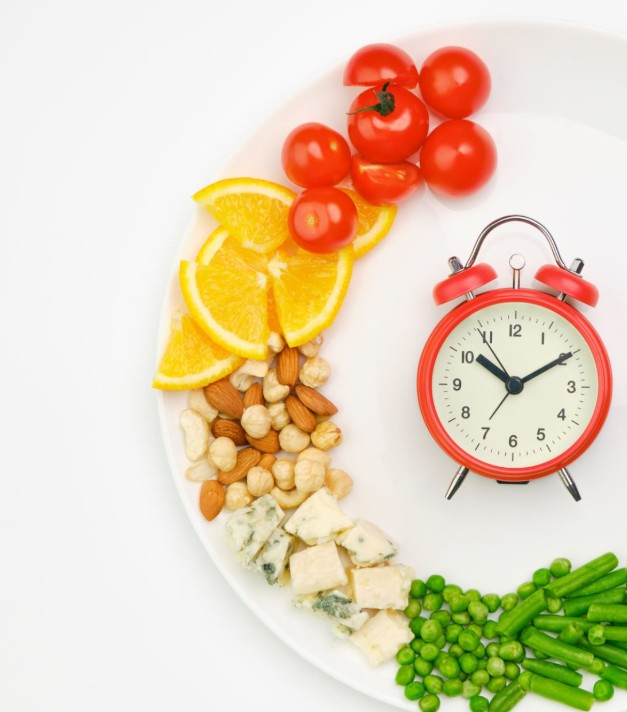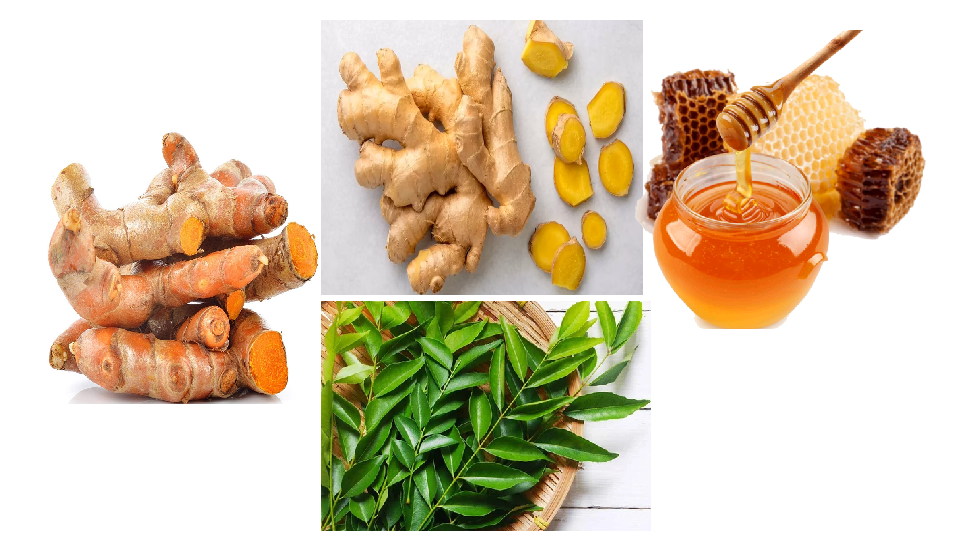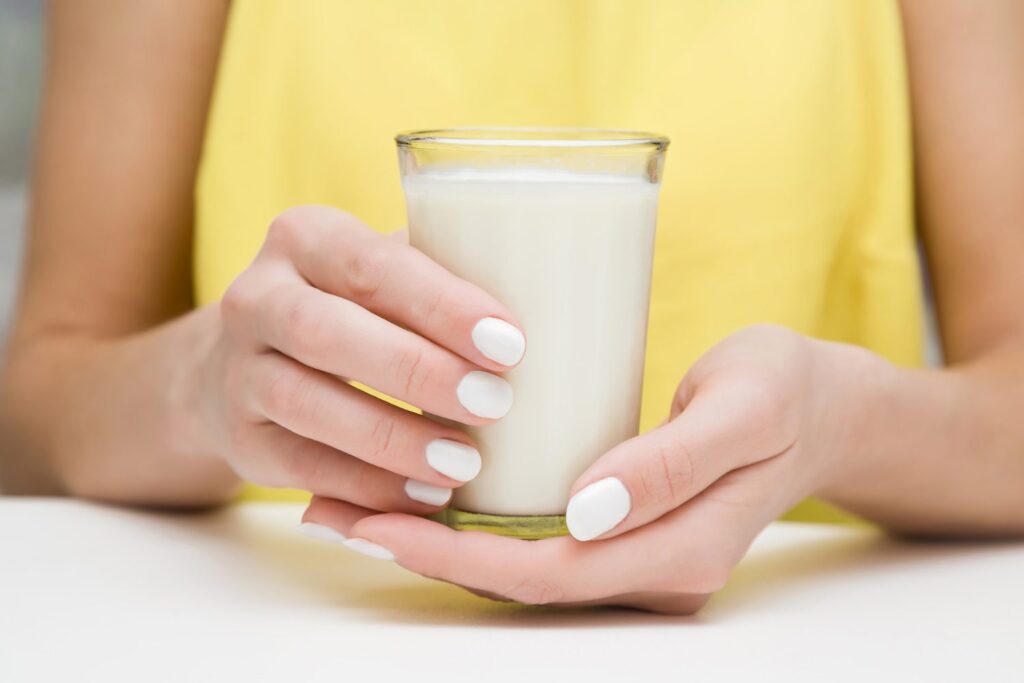🥗 What to Eat When You’re Not Eating: Fasting-Friendly Foods
Intermittent fasting is powerful—but it comes with a question that used to bug me in the beginning: “What exactly can I eat when I’m not eating?”
Sounds ironic, right? But if you’re fasting, the lines can blur between what counts as breaking your fast and what helps sustain it. When I began my fasting journey, I was constantly unsure—until I learned that not all fasts are the same, and certain foods and drinks can actually support the fasting process.
In this article, I’ll walk you through what you can safely consume during fasting hours, what to eat to break your fast wisely, and a few personal favorites that kept me energized and focused.
⏱️ First, Know Your Fasting Type
Different fasting approaches allow different things. For example:
- Clean Fasting (strict): Only allows water, black coffee, plain tea.
- Dirty Fasting (flexible): Allows <50 calories—think lemon water, apple cider vinegar, bone broth.
- Modified Fasting (diet-focused): Includes small amounts of low-calorie, nutrient-rich food to maintain energy.
When I began with the 16/8 method, I practiced a modified fast to ease my way in. That meant small additions like herbal teas and a teaspoon of coconut oil in coffee during the fasting window—this helped keep hunger at bay without disrupting results.
💧 What You Can Consume During Fasting Hours
Here’s a list that worked wonders for me:
✅ 1. Water (Still or Sparkling)
Hydration is key. I add a pinch of Himalayan salt sometimes to balance electrolytes.
✅ 2. Black Coffee
No cream, no sugar. Coffee helped suppress appetite and gave me mental clarity—my go-to during tough mornings.
✅ 3. Green or Herbal Teas
Peppermint or ginger tea not only satisfies the urge to sip but also soothes the stomach.
✅ 4. Apple Cider Vinegar (Diluted)
A teaspoon in warm water before my eating window kept bloating away.
✅ 5. Electrolyte Drinks (No Sugar)
For long fasts, I use clean electrolyte powders—especially on workout days.
🍽️ What to Eat When Breaking Your Fast
Breaking your fast gently is crucial. I learned this the hard way once—by jumping straight to a heavy meal and feeling sluggish for hours. Here’s what worked best for me:
🍲 1. Bone Broth
Full of nutrients, gentle on the gut, and incredibly comforting.
🍌 2. Fruits (Like Banana or Berries)
High in antioxidants, easy to digest, and gives a quick natural sugar boost.
🥚 3. Boiled Eggs or Scrambled Eggs
Light protein that doesn’t shock your system.
🥗 4. Steamed Veggies with Olive Oil
A fiber-rich reintroduction that’s gut-friendly and satisfying.
💪 Fasting-Supportive Snacks for Flexible Fasters
If your goal isn’t a strict clean fast, these light options can maintain metabolic benefits:
- Avocados (in small portions) – Healthy fats to keep you full
- Coconut oil or MCT oil (in drinks) – Boosts ketones, helpful during keto-fasting
- Chia seeds soaked in water – Hydrating and fiber-rich
- Plain Greek yogurt (unsweetened) – Protein-rich and probiotic
🧠 My Favorite Mid-Fast Trick
Some days, especially when I was starting out, I sipped on lemon-infused warm water with a dash of cinnamon—it helped curb cravings and gave me something to look forward to.
Even now, I keep this ritual alive to make fasting feel less restrictive.
⚠️ What to Avoid While Fasting
- Sugary drinks (even “healthy” juices)
- Artificial sweeteners (they can spike insulin)
- High-calorie “health snacks” like granola bars
- Flavored waters with hidden sugars
📝 Final Thoughts
Fasting doesn’t have to feel like a punishment. When you know the right things to consume, the experience becomes empowering. It’s about intentional nourishment, not starvation.
Start slowly, listen to your body, and don’t be afraid to experiment with what works for your fasting style.
From herbal teas to mindful first meals, you can fast smart, not hard. 🌱



